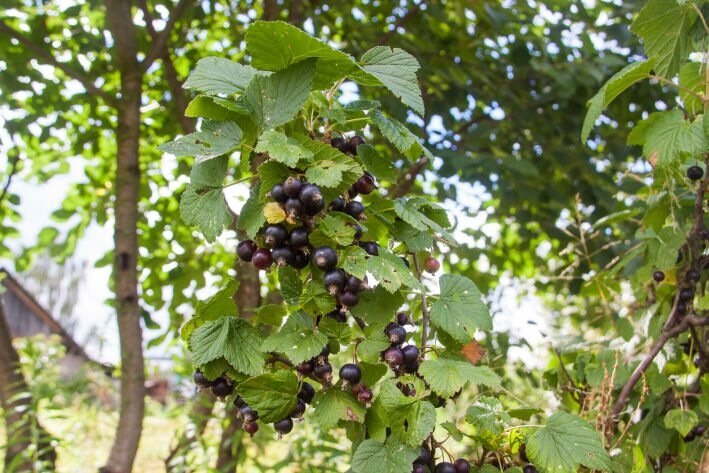Late spring is considered the ideal time to make a few changes to the care of currant bushes and prepare them for the upcoming harvest. Therefore, it is worth considering a few key tips that will help you achieve excellent currant yields.
Anastasia Kovrizhnykh , an expert of the online publication "BelNovosti", an agronomist and landscape designer, told how to act in such a situation.
Trimming
Before the fruiting season begins, it is important to prune currant bushes. It is important to remove old and diseased branches, as well as those that intersect or grow inside the bush.
This will improve the circulation of air and light inside the bush, which will promote better development of the fruit.
Top dressing
Currants love fertile soil, so regular fertilization in late spring can significantly increase yields.

It makes sense to use complex mineral fertilizers or natural organic ones, such as humus or compost.
It is definitely worth avoiding nitrogen during this period.
Watering
During the period of active growth and berry formation, currants need regular watering. The soil should be moistened at least twice a week.
At the same time, situations where water stagnates should not be allowed, as this can cause the bushes to rot.
Pest control
In late spring, many pests may begin to attack currant bushes.
It is necessary to inspect the plants and take measures to protect against possible pests. The most dangerous pests of currants include:
• aphids;
• spider mites;
• caterpillars.
If pests appear, it is better to use chemicals.
During this period, the fruits are just beginning to form, so the chemicals will not cause any harm, but will allow you to get rid of all dangerous pests.
Thinning out berries
At the end of spring, when the berries begin to form, it makes sense to thin out the berries, removing excessively small or damaged berries.
This will concentrate the nutrients into larger, healthier fruits, improving their quality and taste.
Previously we told you how to grow a luxurious pepper crop .









